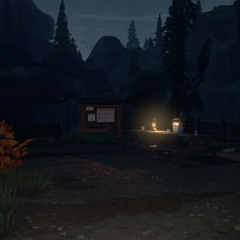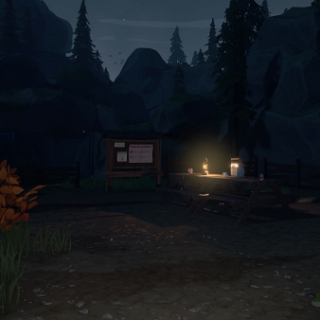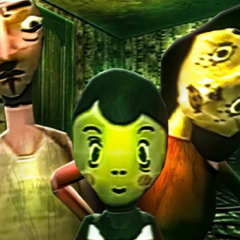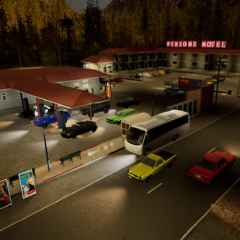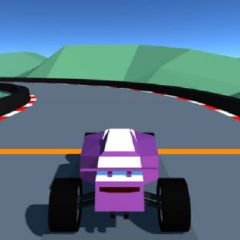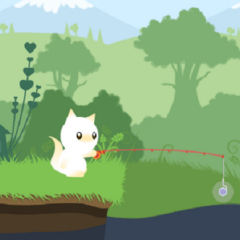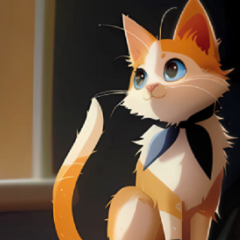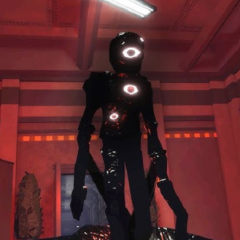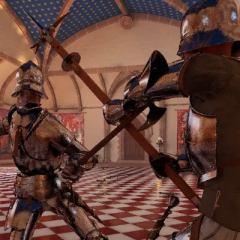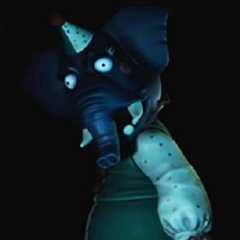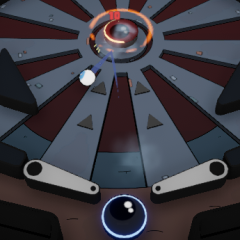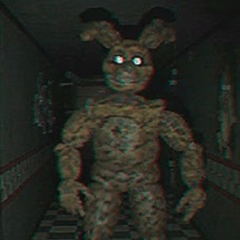Radiolight is an exploration game that centers around navigation through the interaction of audio and visual feedback. Instead of relying on combat or dialogue, the experience focuses on how the player perceives and manipulates sound waves and light reflections within a mysterious landscape. The player explores an isolated environment, using a handheld receiver to detect frequencies and interpret signals that reveal fragments of the world’s structure. Progression is driven by perception—each discovery leads to new areas, transforming silence and darkness into information.
Gameplay Foundation
Radiolight operates through simple mechanics that combine movement, listening, and analysis. Players use a device capable of emitting controlled light and scanning radio frequencies. By tuning into the correct range, they can uncover hidden signals or trigger environmental changes. The world itself is built around interference—different tones, pitches, and patterns indicate nearby points of interest. Instead of traditional objectives, the player is guided by signal strength and resonance. Light acts as both a visual aid and a reaction to sound, creating a direct connection between input and exploration.
Main Systems
The experience in Radiolight is structured around several interconnected systems:
· Frequency detection used to locate objects or unlock paths
· Light feedback that visualizes invisible structures in the environment
· Environmental shifts triggered by tuning accuracy
· Gradual discovery of narrative fragments through static and transmissions
These systems merge to form a loop based on recognition rather than repetition. Each signal uncovers new information that builds toward a broader understanding of the setting. The lack of traditional user interfaces keeps the player focused on sensory details, turning each environment into both a puzzle and a clue.
Exploration And Structure
Progress in Radiolight depends on learning how to read the world through sound and light behavior. Some regions require isolating frequencies, while others rely on synchronizing multiple signals. The player must listen carefully to interference patterns and interpret changes in tone or brightness. As more signals are decoded, the story becomes clearer through reconstructed transmissions that describe events from the past. The pace remains deliberate, emphasizing observation and memory.
Radiolight offers a model of exploration built on perception instead of direction. By using sound and illumination as the primary means of progress, it replaces traditional objectives with awareness and curiosity. The game transforms interaction into interpretation, encouraging players to understand the environment as both map and message.

